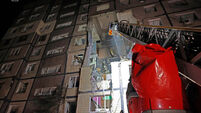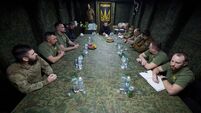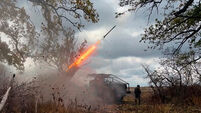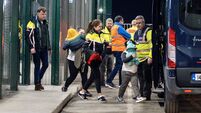A year on from the Russian invasion: How Ukraine endured
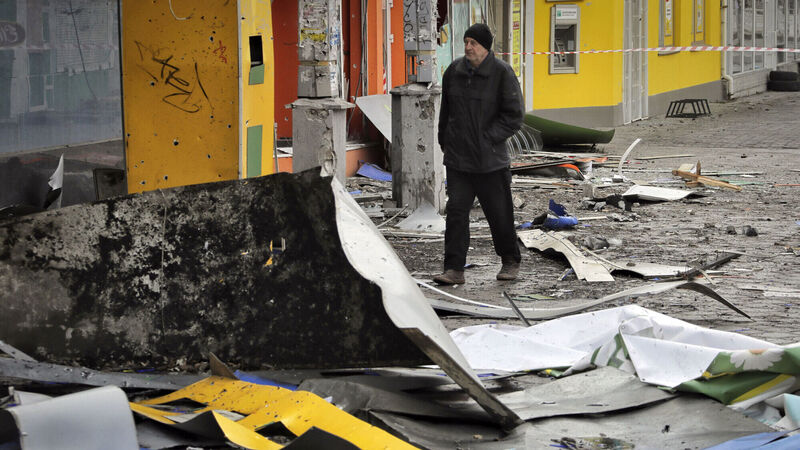
Damaged kiosks seen after deadly Russian shelling that hit a bus station in Kherson, Ukraine, on Tuesday. Picture: AP Photo/Nina Lyashonok
A year after Russian troops poured over the Ukrainian border and reached the gates of the capital Kyiv in a full-scale invasion Moscow hoped would bring swift victory, one of the most striking aspects of the war so far is that Ukraine has survived.
As the shock of the most deadly conflict in Europe since the Second World War wears off, Ukrainians’ defiance is sometimes taken for granted.
But a combination of planning, courage, tactics, overseas military and financial assistance and Russia’s battlefield failings has meant that, far from capitulating within days as many had expected, Ukraine has kept the enemy at bay.
That said, Russia has stabilised positions in the east and south of Ukraine after suffering major setbacks late in 2022, and has begun to make incremental gains ahead of what Kyiv fears will be another big offensive.
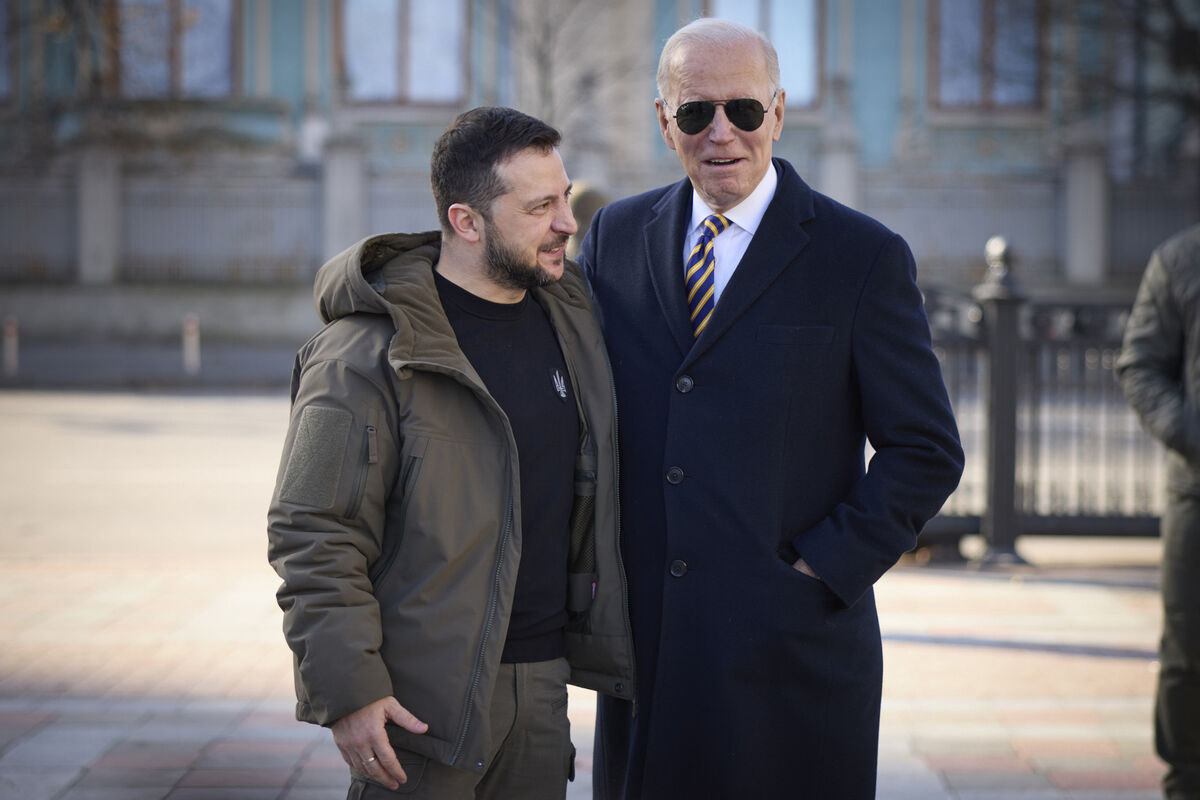
Russian president Vladimir Putin seems determined to dig in, sanctions against Moscow have not yet had a devastating impact on the economy, and Russia's army still has resources to throw at the conflict.
For now, though, Russia has met its match in a smaller, more nimble adversary led by president Volodymyr Zelenskyy — the public face of Ukraine’s war and a rallying figure for his besieged people — and “iron general” Valeriy Zaluzhnyi, who leads the troops.
There is no sense of complacency in Kyiv. The United States estimates that up to 100,000 people have been killed or wounded on each side, and trench warfare in the east is attritional and deadly.
Russia has hit critical infrastructure, meaning no power or heating for millions of Ukrainians during winter. Missiles have struck civilian buildings, including in Dnipro where at least 44 people were killed when an apartment block was flattened last month.
“The situation has become tougher,” Zelenskyy said in a sombre evening video address in early February.
Ukraine expects Russia to step up its attacks, and is hurrying to get hold of heavy weaponry from abroad including tanks, plus more ammunition and longer-range missiles, to counter the threat.
Next on Zelenskyy’s wish list are fighter jets, with some allies expressing a willingness to supply them but his key partner, US President Joe Biden, saying no.
In the early hours of Feb. 24, 2022, tens of thousands of Russian soldiers entered Ukraine. They made swift gains in the first days, including in the south around Kherson and northeast near Kharkiv, Ukraine’s second city.
Yet most attention focused on Kyiv, the capital, where Zelenskyy has remained for virtually the whole war. By seizing the city of three million people, and capturing or killing Zelenskyy, Russia’s hope appeared to be that Ukraine would quickly surrender.
Inside Kyiv, troops from the Ukrainian National Guard took up defensive positions on bridges entering the city, anti-tank barricades were hastily set up along the roadways and residents were told to make Molotov cocktails as they awaited a Russian assault.
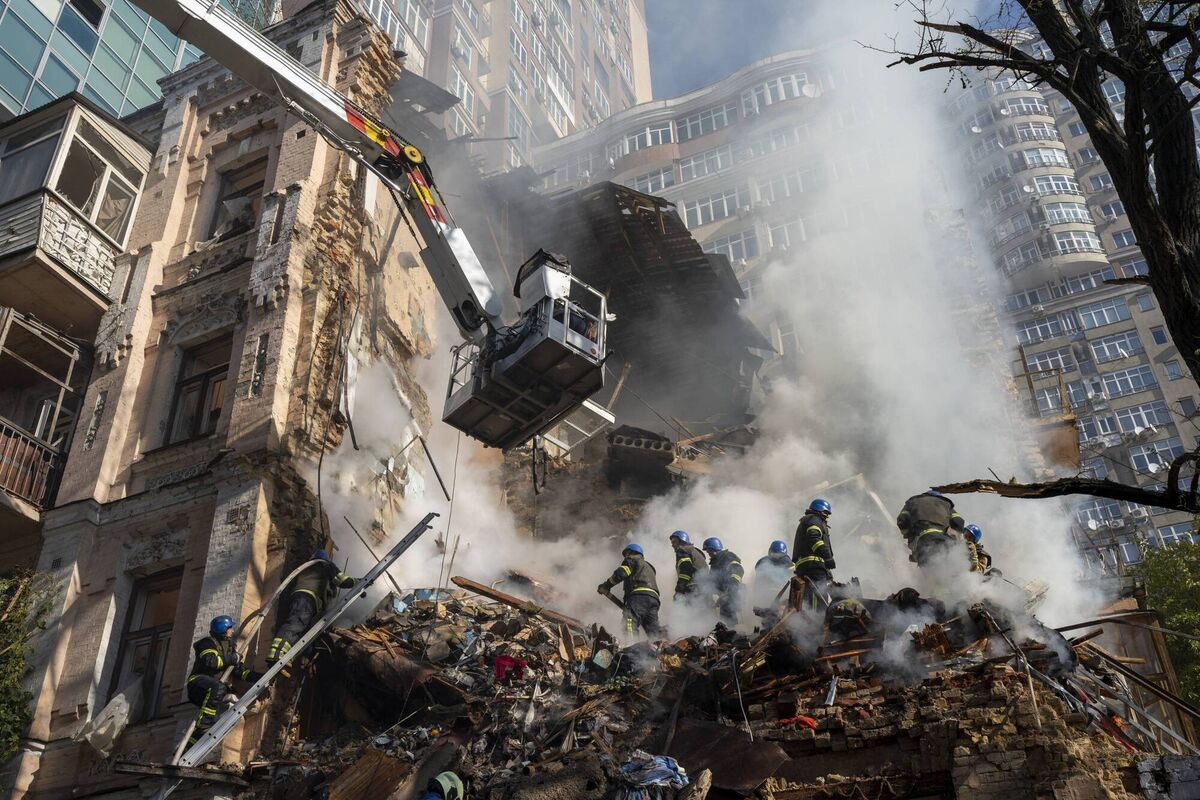
There was a clear sense of uncertainty, shock and fear in Kyiv. Was the capital going to be stormed? Would there be massive loss of life? How close were the Russians? Could Ukraine repel such a powerful foe?
Outside the city, Russian troops formed a massive convoy stretching about 64km along highways to the north. It seemed an inevitable and likely overwhelming force was about to descend on Ukraine’s capital.
But seemingly against all odds, Moscow’s blitzkrieg strike stalled outside Kyiv.
Russian troops did reach the towns of Irpin and Bucha, just to the northwest of Kyiv, where Ukrainian investigators have gathered extensive evidence of what they say are war atrocities carried out on civilians. Moscow denies such accusations.
There was also fighting in and around Brovary, east of Kyiv. All three locations are now synonymous with brutal siege warfare in which apartment blocks and houses were levelled and local populations subjugated by force.
Bodies of civilians and soldiers littered roads and tracks, sometimes untouched for weeks. Burned out hulks of tanks and armoured vehicles were evidence of fierce clashes.
But despite the onslaught outside the city, Kyiv did not fall. Ukrainian forces were prepared and succeeded in disrupting supply lines, preventing troop carriers from landing, destroying Russian armoured vehicles and holding frontlines away.
Moscow realised it was in for a long fight.
The former television comic has had little to smile about in the last year.
Western officials estimate tens of thousands of soldiers and civilians have died, millions of people have fled and much of the country, particularly in the east, lies in ruins.
Through the mayhem Zelenskyy has been ever-present, giving nightly addresses to his people via iPhone, visiting areas devastated by fighting, appealing to global leaders for support and striving to ensure the world does not lose interest in Ukraine’s plight.
The 45-year-old, who wears khaki clothes to reflect his country’s war footing, was named magazine’s Person of the Year in 2022. In December, it wrote:
Success has equally stemmed from his ability to convince the world that victory for Russia would be bad news for everyone else.
“If they devour us, the sun in your sky will get dimmer,” he told .
In the months after the invasion, his face was beamed via video link into parliaments. Trains ferried world leaders in and out of Kyiv to meet the president, where they vowed support and burnished their own image standing beside him.
Tens of billions of dollars’ worth of arms have poured into Ukraine, without which it may not have survived. Tens of billions more in financial aid have arrived, propping up an economy ravaged by war.
Zelenskyy’s entourage and Ukrainians more widely have noted marked changes. Gone are the impish charm and boyish looks. He sports a scruffy beard, the lines on his face are pronounced and his eyes have become more sunken.
The international community has raced to Ukraine’s aid since the invasion as the financial costs mount.
In 2022, Ukraine received about $32bn in foreign aid to cover the budget deficit, and the United States alone had pledged more than $29bn worth of security assistance as of the end of January.
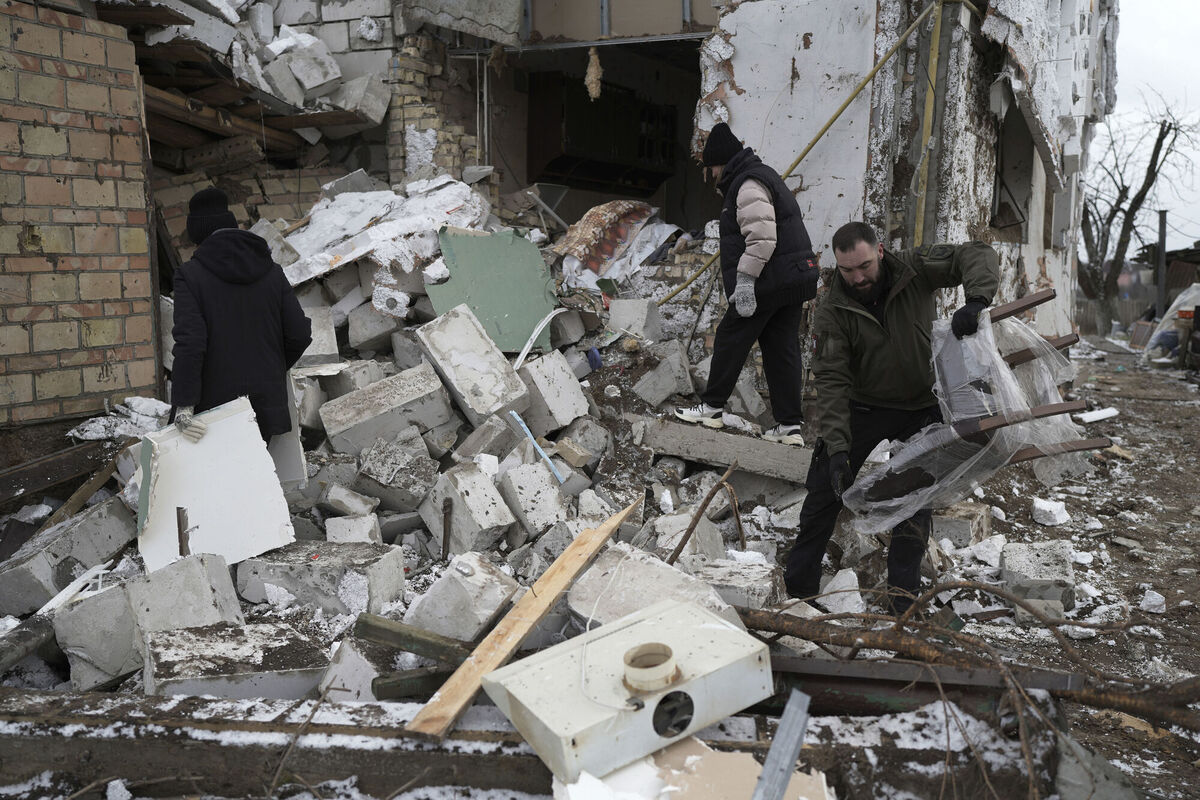
That includes everything from ammunition to advanced air defence systems, and HIMARS rocket launcher systems that have been used to strike ammunition depots, Russian troops and logistical targets behind enemy lines.
Ukraine has also successfully lobbied for the supply of advanced tanks, although it takes time to get them to the battlefield and some experts question whether they will be sufficient to have a major impact on the war.
Other Western countries have contributed to the military campaign, notably Britain, Germany and Poland, but their role is dwarfed by Washington’s contributions.
According to Ukrainian officials, the country will need $38bn this year to cover the budget deficit and an additional $17bn for urgent repairs to energy infrastructure targeted by Russian missiles and drones, as well as de-mining.
How much more assistance it will need to fight the war will depend on battlefield dynamics, what hardware is available and political will among allies to get more deeply involved.
Western intelligence officials said Russia underestimated its enemy and overestimated its own military capabilities.
Ukraine’s army is far smaller than Russia’s, but appears to have anticipated the full-scale invasion. So while Russian forces made swift advances in the south and northeast, the key objective of seizing Kyiv failed.
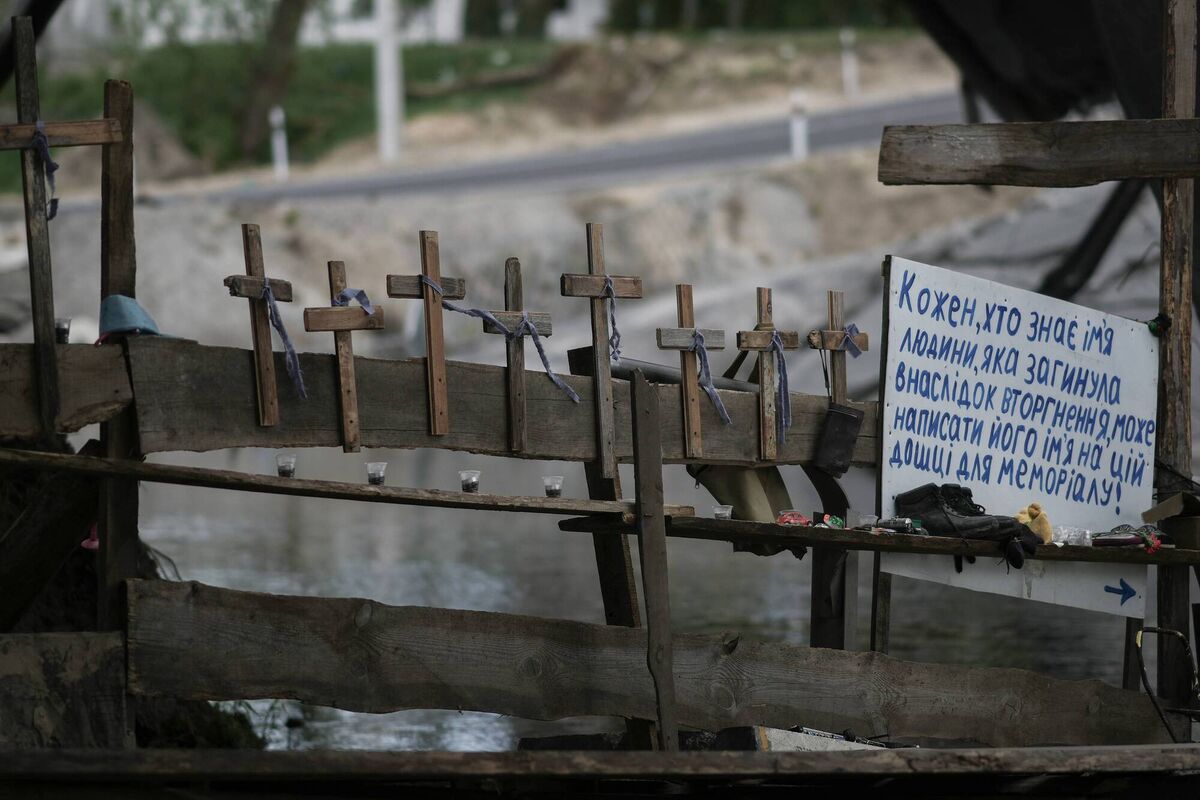
Ukraine’s defence of Hostomel airport close to the city denied Russia a key air bridge to fly in troops and equipment.
Russia brought in thousands of armoured vehicles by road, leading to congestion and attacks by Ukraine that forced a giant column north of Kyiv to turn back.
In some areas where Russia advanced, Western officials and military experts said it failed to consolidate gains with proper defensive lines, making it easier for Ukrainian forces to take back large swathes of territory in autumn counter-offensives.
Arms and equipment depots and barracks have been vulnerable to rockets and missiles supplied to Ukraine by Western partners, notably US HIMARS systems and soon-to-arrive munitions that will double their range to 94 miles.
At times during the war, Russia’s defence ministry has appeared at odds with the Wagner Group, a mercenary outfit run by Putin ally Yevgeny Prigozhin that has recruited thousands of fighters, including from prisons across Russia.
Wagner has claimed some of the country’s biggest battlefield victories to date, although Ukraine says it has done so at a high cost with thousands of fighters killed.
There are no accurate estimates as to the losses in the war, but they are heavy and already dwarf Soviet casualties during the 10-year conflict in Afghanistan.
Ukraine and Russia are now engaged in attritional warfare in the east, where small gains are claimed regularly by Moscow amid heavy fighting.
The intensity of the battles has increased in recent weeks, and Ukraine and Russia are expected to launch major spring offensives soon.
Despite months of relentless and devastating attacks, Ukrainian civilians remain steadfast in their resilience against Russia. In October 2022, polling data from the Kyiv International Institute of Sociology showed that 86% of Ukrainians still supported the idea of continued resistance against Russia.
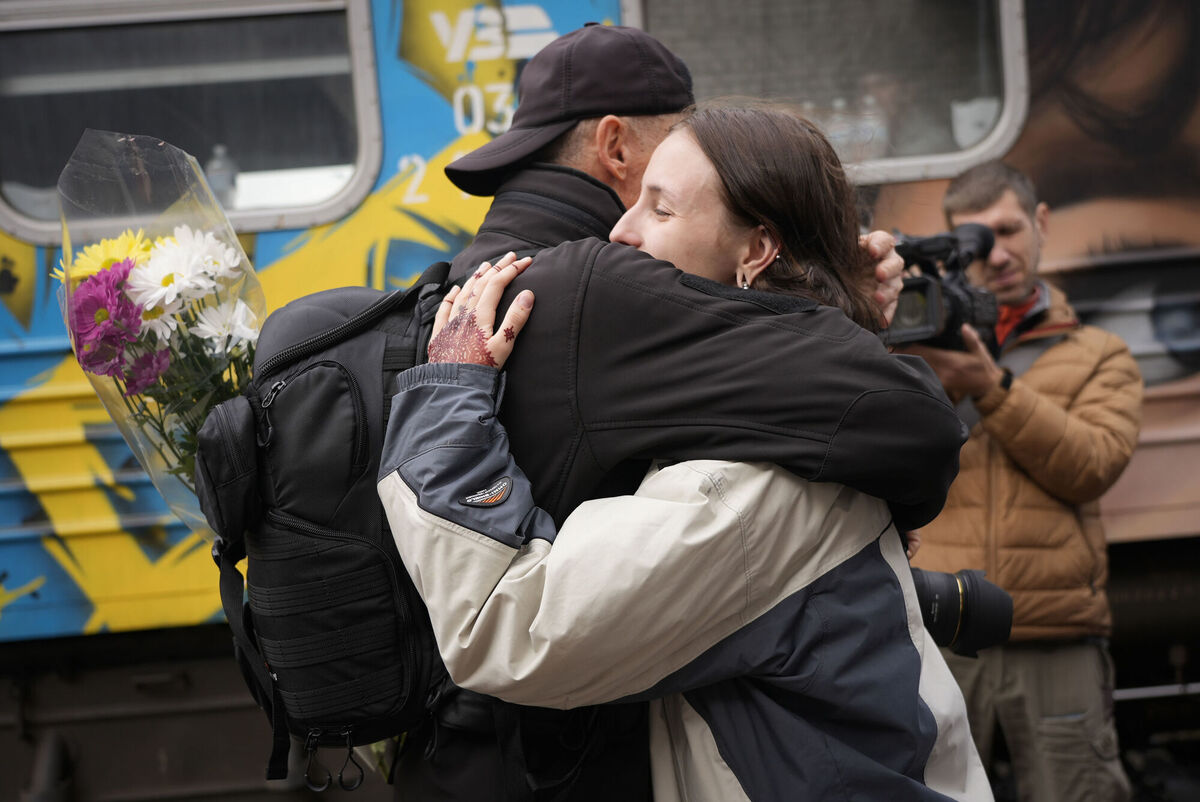
Since the Kremlin launched its incursion, over 8m Ukrainians have fled their homeland. The UN has recorded over 7,000 civilians killed and a further 11,500 injured. For those who remain, daily life has been crippled by power outages as Russian drones and missiles have targeted Ukrainian energy infrastructure. Hidden landmines threaten civilians from the landscape.
Homes, schools, and hospitals have been damaged and destroyed, and UN-appointed investigators are looking into whether Russia's attacks on critical infrastructure in Ukraine amount to war crimes.
Meanwhile, the UN has concluded that war crimes including rape, torture, executions and confinement of children were committed in Russian-occupied areas.
The Kremlin denies targeting civilians.
Still, the reports of attacks against civilians make a grim and consistent record over the last year, detailing the deadly living conditions Ukrainians now endure and outright atrocities that have left a trail of victims.




